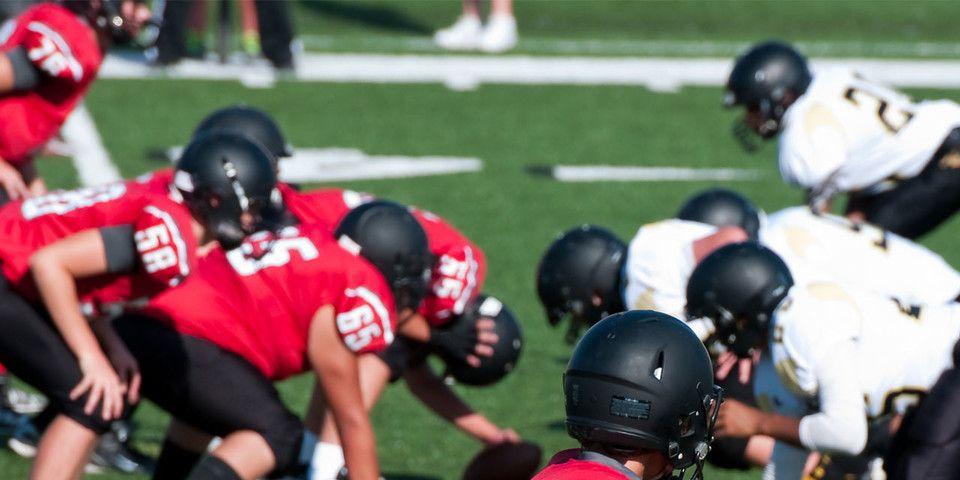Elbow Dislocation: Causes and Treatment
Elbow dislocations and winter sports have a long history together.
While some athletes rest, recover, and cross-train during the winter season, this is the prime time of year for those who participate in hockey, skiing, ice skating, snowboarding, and more. And, as the doctors at Rothman Orthopaedic Institute know first-hand, wintertime likewise brings a wide spectrum of winter sports injuries, from lacerations to broken bones.
One particular injury that is common among participants of certain winter sports is elbow dislocation. Elbow dislocations can range greatly in terms of causation and of severity. At Rothman Orthopaedic Institute, it is our goal to help inform winter sports athletes about the risk of injury so that such injuries may be prevented. If you do experience an elbow dislocation, the Shoulder and Elbow experts at Rothman Orthopaedic Institute can offer you the best available treatment options.
To learn more about causes, diagnosis, and treatment of elbow dislocations, continue reading below.
Causes of Elbow Dislocation Injuries
An elbow dislocation occurs when the elbow's joint surfaces are hyperextended or forced to separate, dislocating the elbow from the joint.
The most common cause of an elbow dislocation is a traumatic, forceful impact. Ordinarily, the elbow is held in place by the network of ligaments and muscles that connect with the bone surface. This type of traumatic impact, however, can push and rotate on the elbow, often resulting in it being destabilized.
Elbow dislocations often occur when a slip, trip, or fall is braced with outstretched hands. For this reason, these injuries are common among upright winter sports that are prone to falls, such as skiing, snowboarding, and ice skating. Tobogganing and sledding are likewise common culprits, due to the tendency of riders to brace for impact using their outstretched hands during an accident.
Diagnosing Dislocated Elbows
Dislocated elbows are emergency injuries that demand immediate treatment. After an injury occurs, undergoing an examination for proper diagnosis and subsequent treatment is essential. Injured persons must not attempt to reset their elbows independently; professional medical care is needed to avoid doing further damage or elbow dislocation complications.
As part of your examination, you will undergo physical and visual tests (including x-rays), to assess the extent of damage and the degree dislocation. Using these tests, your physician will be able to determine if you have experienced a complete or partial dislocation. Your diagnosis will likewise assess whether the dislocation is simple (no major bone injuries), complex (associated bone and ligament injuries), or severe (bone damage, blood vessel and nerve damage).
A proper, informed diagnosis will ensure that you receive effective treatment that is suited to the particular conditions of your injury.
Effective Treatments for Dislocations
Elbow dislocation treatment depends greatly upon the type and severity of the injury; how to fix a dislocated elbow will depend upon the specific conditions of your elbow dislocation and general orthopaedic health.
For less serious (partial or simple) dislocations, normal alignment can be manually achieved. The patient will either be given pain killers or sedated; then, the reduction maneuver is gently performed to return the elbow to its proper location within the joint. The elbow will then be kept in a sling or splint and treated with physical therapy and elbow exercises.
In the case of complex and severe dislocations, surgery may be recommended in order to properly fix misaligned bones and damaged ligaments; if nerves and blood vessels are damaged, they too will require surgical repair. Following reconstructive surgery, the elbow may be stabilized using an external hinge.
An elbow dislocation is a serious injury that is common among winter sports athletes and participants; it merits quality, effective treatment. To learn more about treatments for elbow dislocations and other orthopaedic injuries at Rothman Orthopaedic Institute or to schedule an appointment, visit us here or contact us at 1-800-321-9999.
Related Physicians
Related Specialties
Related Conditions
Related Treatments
Related Programs
-

Injury Prevention Program
The Injury Prevention Program at the Rothman Orthopaedic Institute is dedicated to the prevention of injuries from athletic participation, particularly youth sports.Read More -

Overhead Throwing Program
Whether it’s throwing a javelin or pitching a baseball, the overhead or throwing athlete is exposed to tremendous forces during overhead sports.Read More




